Directors to take the lead on health and safety
9 Jul 2013New Zealand’s workplace health and safety record is not one to be proud of. There are simply far too many people being killed or seriously injured at work. The forestry and mining industries are justifiably under the spotlight. Change needs to be led from the top and there are a number of proposed changes to our health and safety framework with that in mind.
The Royal Commission on the Pike River Coal Mine Tragedy was clear that:
“The board and directors are best placed to ensure that the company effectively manages health and safety. They should provide the necessary leadership and are responsible for the major decisions that must influence health and safety: the strategic direction, securing and allocating resources and ensuring the company has appropriate people, systems and equipment.”
Similarly, an Independent Taskforce on Health and Safety, appointed to undertake a broad review of our health and safety systems, has concluded that our current system is not fit for purpose. It made a number of recommendations which are being considered by the government at present. Recommendations include that those in governance roles have specific due diligence duties and that there is guidance provided about how directors are to carry out their obligations.
The Ministry of Business, Innovation and Employment (MBIE), together with the Institute of Directors has now produced Guidelines for directors, which recognise the fundamental role of health and safety governance to the risk management function of an organisation.
The Guidelines are clear that directors are responsible not only for issuing health and safety policy, but being active in ensuring that policy is being implemented effectively. It is not enough to simply issue a policy. The Guidelines propose four key processes by which management is to be held account; policy and planning; delivery; monitoring and review.
The MBIE Guidelines do not amend the Health and Safety in Employment Act, nor do they have statutory force. In their current form, there is no compulsion to take compliance with the Guidelines into account when considering the liability of directors for health and safety breaches. However, despite the Guidelines being voluntary, they provide best practice advice and practical tools for directors to influence an organisation’s health and safety systems.
The Guidelines do not affect the current position of director liability under the Act, which is a secondary liability; that directors can only be liable where a company is in breach and liable for an offence. There is not an express duty imposed on directors by the Act. Essentially, a director may be criminally liable where it is clear that the director had knowledge a situation was unsafe or otherwise contrary to the Act.
That situation might change if the Taskforce recommendations are implemented. Its recommendations include that:
- Directors’ duties in relation to health and safety be as strong as other fiduciary duties;
- Companies be required to report on health and safety practices and performance;
- Stronger penalties be introduced for breaches of health and safety obligations, including extending the existing criminal manslaughter offence to corporations and revising the corporate liability framework.
For senior management and directors, the Taskforce recommends obligations including:
- Being aware of and appreciating the health and safety risks of the business;
- Allowing adequate resources and systems to deal with health and safety matters;
- That audit and monitoring processes are put in place to guarantee working and legally compliant systems.
Regardless of whether the Taskforce recommendations are adopted by the government, we should expect that senior management and those in governance are to be more actively and personally engaged in the health and safety matters of their organisation.
Ultimately, health and safety should be a collective responsibility and a greater focus on proactive and preventative approaches to health and safety must be welcomed.
This article was first published in the Waikato Times, 8 July 2013.
Content from: www.dtilawyers.co.nz/news-item/directors-to-take-the-lead-on-health-and-safety






